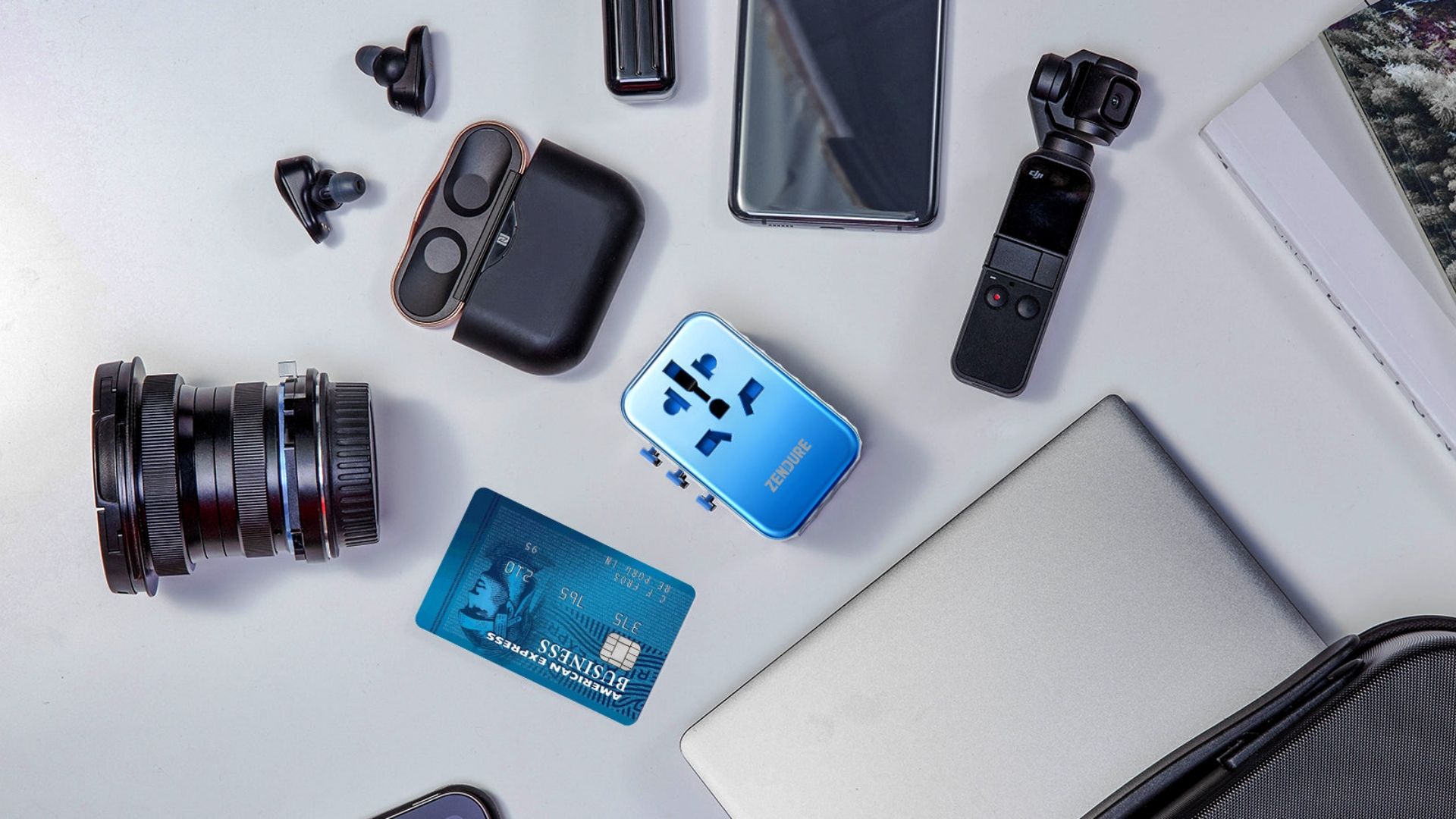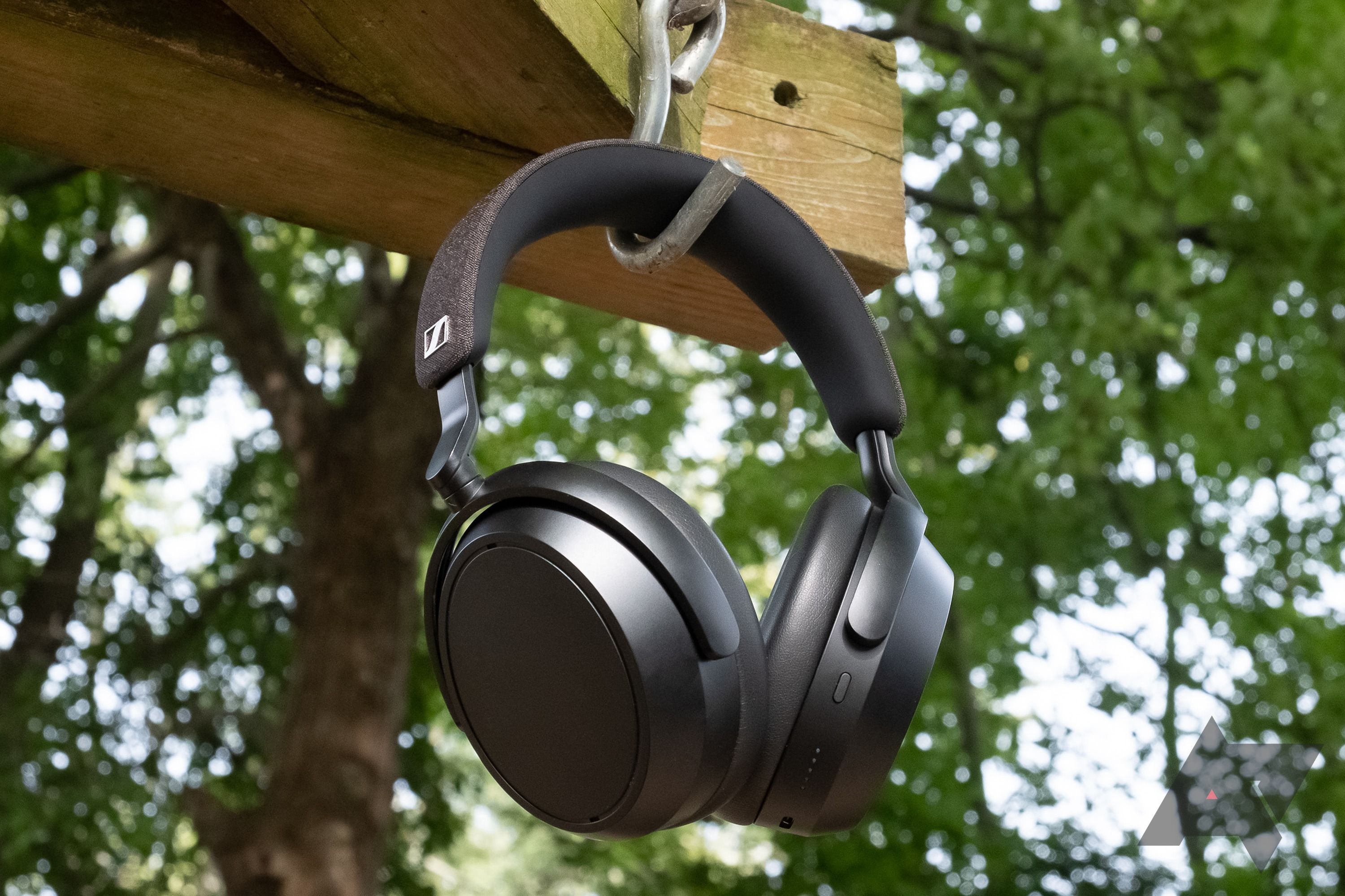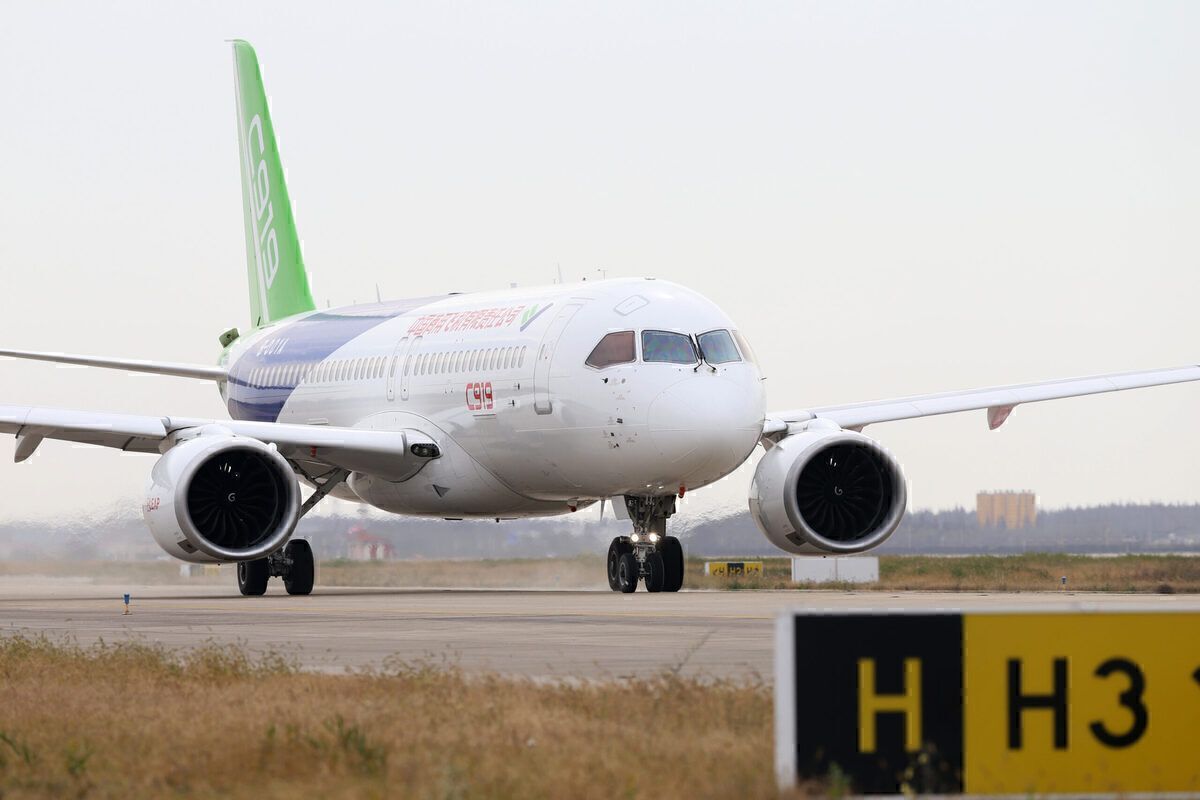Airplane mode: It’s a familiar little icon on our smartphones and a source of great mystery. Around the world, passengers are directed to switch it on during takeoff and landing — presumably to avoid some vaguely defined threat to aircraft avionics systems for communication and navigation. But are we really warding off technological disaster, or are we just following an outdated rule? Let’s dive in and try to unravel whether switching it on makes us any safer, or is just another annoyance in the malaise that is modern air travel.
The origins of airplane mode
Blame it on 2G — or was it the boogeyman?
This story begins in the early 1990s. Visualize clunky, prehistoric cell phones, where voice calling is virtually their only function. In this world, smartphones do not yet exist — they’re still the stuff of science fiction.
Back then, avionics systems seemed vulnerable. In part, that’s because early cell phones and avionics generally operated in closer frequency ranges than they do today. Another driver of the concern might’ve simply been fear of the unknown.

Best travel charger for phones and laptops in 2024
Power up for international trips with the top travel chargers
Cell phones in 1990 mostly relied on 2G networks. In comparison, today’s phones use 4G and 5G, not to mention Wi-Fi, all of which have generally much higher, albeit broader, frequency ranges than 2G. But as you can see in the chart, there’s never really been any overlap. So what gives?
|
Technology |
1990 Frequency Range |
Today’s Frequency Range |
|
Cell Phones |
800 MHz – 1.9 GHz (2G) |
600 MHz – 300 GHz (4G/5G) |
|
Wi-Fi |
n/a |
2.4 GHz – 5.8 GHz |
|
Aircraft Avionics Systems |
108 MHz – 137 MHz |
108 MHz – 137 MHz |
Part of the answer might lie in this tidbit in a statement I received from the Federal Aviation Authority: “The FAA requires airlines to show that any technology they introduce does not affect an airplane’s safety or communications systems.” On top of the FAA putting the burden of proof on the airlines, “the FCC prohibits cellular phone calls on airborne aircraft.” That’s right — there are actually two different agencies with rules governing the use of cellular devices on airplanes.
The FCC got in the game first, responding to “concerns” of, as best I can tell, unknown origin. The agency first prohibited the use of cellular phones on airborne aircraft in 1991. That same year, the FAA mirrored the move by issuing its own rules that banned the use of most portable electronic devices on planes. As phones got more complicated, airplane mode was born as a way to allow the use of other phone features while ensuring no cellular signal was being emitted.
Source: STR/AFP via Getty Images
Indeed, not even an international commercial pilot I spoke to could explain any real reason for airplane mode. Moreover, he couldn’t recount a single issue with interference from cellular devices over his decade-long career.
It’s probably not a big deal, but you should still use airplane mode
You’ll still have Wi-Fi and Bluetooth
I found neither convincing data nor analysis suggesting that airplane mode is necessary today, or that it really ever was. Getting these rules updated might simply require more effort and money than it’s worth for the airline industry — but given there’s no 5G access at 40,000 feet, lifting the restriction wouldn’t do much for passengers, anyway. Things will inevitably change at some point, but don’t hold your breath for that day. In the meantime, it’s always advisable to comply with cabin crew instructions when flying; refusal to toggle a setting would be a silly reason to miss a flight.

Best noise cancelling headphones in 2024
Drown out the outside world with the best noise-cancelling headphones available
Source link



